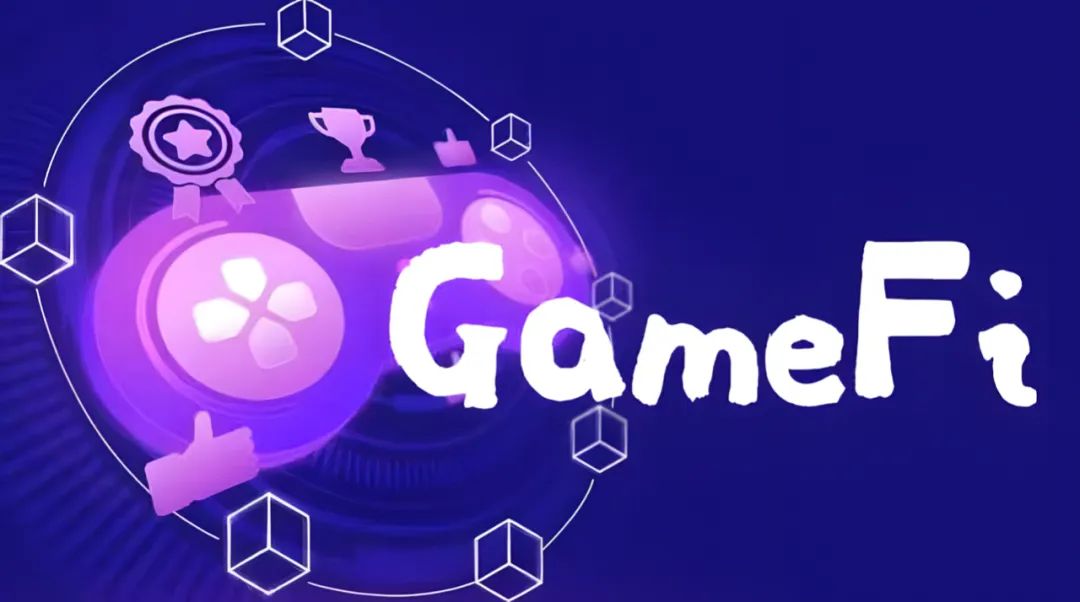Interview with Animoca’s Director of Investment Where is the next wave of application scenarios for NFT?
Interview with Animoca's Director of Investment Next wave of NFT application scenarios?
On August 9th, during the registration and interview period of the Everything Creation Camp S2, dozens of founders from the Everything Island community had a conversation with Jenny, the investment director of Animoca, on the entrepreneurship and investment thinking in the blockchain gaming industry. The following are selected excerpts:
Everything Island: How do you evaluate blockchain gaming projects? Including timing, track, and team
Jenny: Animoca’s vision is to attract tens of millions or even hundreds of millions of users to join Web3 and popularize digital ownership through high-quality content and IP. Animoca Group started with traditional games and found that many small and medium-sized game companies desperately needed distribution support and were heavily squeezed within the existing traditional framework. Therefore, since 2017, we have focused on the blockchain gaming ecosystem. Our team is currently very active in evaluating projects, but we are slightly cautious in bear markets. It is difficult to predict the timing of the prosperity of the application layer, as it is influenced by the bull and bear cycles of capital and, more importantly, depends on the driving force of popular products. Ultimately, it requires truly valuable applications rather than pure speculation.
We believe that the core competitiveness of game applications lies in differentiated and innovative products, and choosing the right track is also of utmost importance as it determines whether the market is large enough. What actions or elements of the founders would make me think highly of them? The most important thing is to pay attention to product details and preferably have their own well-known works. Continuously starting new ventures is also a plus. In addition, it is a big plus if the founding team has a significant financial stake, as investors pay close attention to whether the founding team is fully committed.
- Performance art or hidden motives? Bold speculation on the reasons and identity behind the consecutive burning of significant assets by nd4.eth.
- LianGuai Daily|The Federal Reserve launches a new plan to regulate banks’ cryptocurrency activities; Founder of MakerDAO proposes to change the maximum value of EDSR to 5%.
- In-depth Research Can Algorand, a public chain focusing on developer and marketing, stage a comeback?
Everything Island: How should we face the downturn cycle?
Jenny: There has been a lot of discussion recently about Web2.5/Gamefi. I think these two things are not mutually exclusive and can develop in parallel. The early seed user groups they face are very different.
Fully on-chain games (FOCG) will be the core application scenario for ZK technology in the next cycle. FOCG has a relatively short development cycle but is limited by its rich content and playability on the blockchain. It may not be able to compete with traditional games or Gamefi yet. The early users will mainly consist of DefiOG and technically-minded individuals who embrace the geek spirit, and they will radiate to the external general public.
Gamefi has a relatively broader target audience. It attracts traditional game users with innovative gameplay and monetization models. This group of people is very large, and it empowers game content through an open economic model, strengthening digital ownership and enhancing user stickiness. However, the prerequisite is that the game itself must be fun. Even if the token design is excellent, it cannot make a poorly designed product good. In addition, Gamefi’s open economic system can also attract native Web3 users who may not necessarily be game users but can participate in speculation or gambling. This is not necessarily a bad thing because it can provide more liquidity to game assets.
Blockchain Island: What are the sub-categories of chain games that you are more optimistic about?
Jenny: I am more optimistic about SLG strategy games. Compared to other game categories, they usually have a longer lifespan and come with their own economic system. The main fun of these games is team battle simulation and trading interaction. They have a strong pay-to-win aspect and are suitable for tokenization, or even creating an open economic system to facilitate the circulation of in-game assets. We are also deeply involved in innovative FPS+gambling gameplay. FPS is the largest game category globally, with a large player base. Additionally, we are also interested in cultivating games that focus on trading.
Blockchain Island: The development cost and cycle of games are relatively high. Does the NFT-first model still work?
Jenny: The NFT market is currently very sluggish, and the model of financing game development through NFT sales is no longer viable as it cannot raise enough money. Creators need to first develop the Alpha or Beta version, continuously improve the details, and then attract users to the community through innovation. Once they have a certain user base, they can proceed with NFT sales. The initial development funds mainly come from VC financing, and NFTs will become a long-term consumer product. Currently, we are more cautious about super-large 3A games. Web3 does not need to compete with traditional big companies in terms of large-scale production. Instead, it is better to focus on innovative gameplay while emphasizing execution and delivery capabilities. Asian startup teams have advantages in controlling production and research costs and improving execution efficiency.
Blockchain Island: In which scenarios will NFT be applied in the next wave?
Jenny: It depends on its functionality. NFTs will mainly be applied in gaming, social, and live streaming fields when combined with rights and benefits.
Blockchain Island: How can content creators pitch to investors like Animoca?
Jenny: As a capital provider, the first thing we look at is whether the product itself solves a problem. Then, we evaluate its level of innovation and the willingness of users to pay for it. Lastly, we consider the team’s experience, the alignment of their vision, and their understanding of the entire ecosystem.
Blockchain Island: What advice do you have for chain game entrepreneurs?
Jenny: “Product is king.” Games must first be playable. The choice of category is also crucial. As a counterexample, traditional casual games can achieve high daily active users quickly, but their monetization model relies on advertisers, so they are more suitable for the traditional game track. Web3 games also need to ensure that the circulation of their open economic system is sustainable. The design of tokens must be closely integrated with the gameplay and values. This will directly affect the success or failure of the game, so it is best not to outsource it. Lastly, it is important to control the pace of financing and ensure that the valuation matches the stage of the product. Long-term cash flow planning should also be done well.
We will continue to update Blocking; if you have any questions or suggestions, please contact us!
Was this article helpful?
93 out of 132 found this helpful
Related articles
- Leading Ethereum-based project ETHS launches virtual machine, innovation seems to return to its origins.
- EigenLayer in-depth research report Ethereum’s middleware protocol leading the narrative of re-staking
- LianGuai Observation | All In Imports Elements of the Coin Circle, Coin with the Same Name Rides on the Heat
- The Success Story Behind the Explosion of TG Bots A Successful Tale of On-Chain Marketing and Grassroots Counterattack
- Will going online mean the end? BALD plummets a thousand times, what is the future of Base public chain?
- The hype of room-temperature superconductor triggers the meme token craze of LK-99 Innovation or cutting-edge?
- AlterVerse Research Report Web3 Sandbox Game Based on Binance Chain






